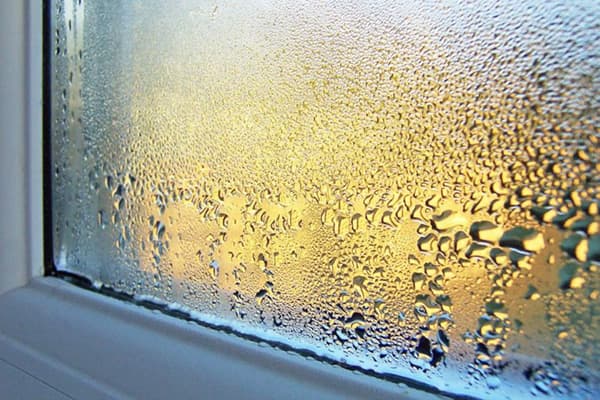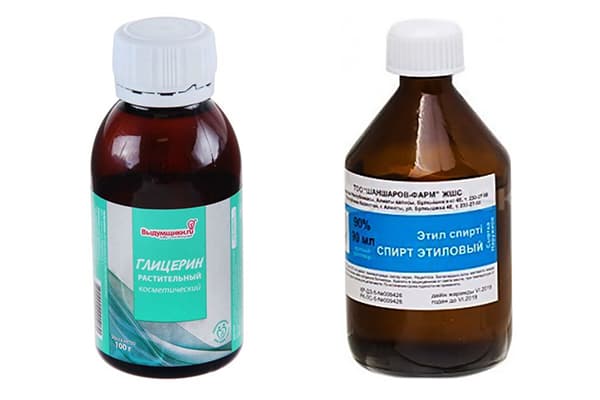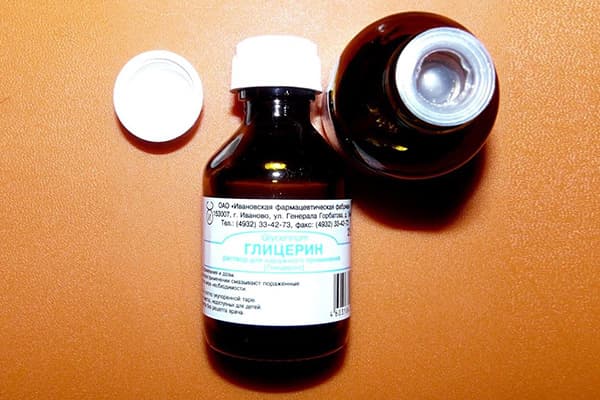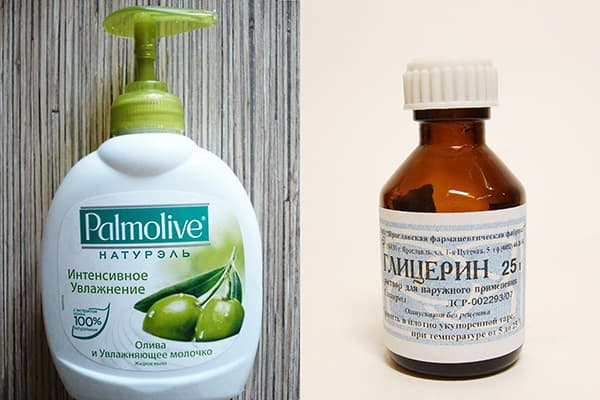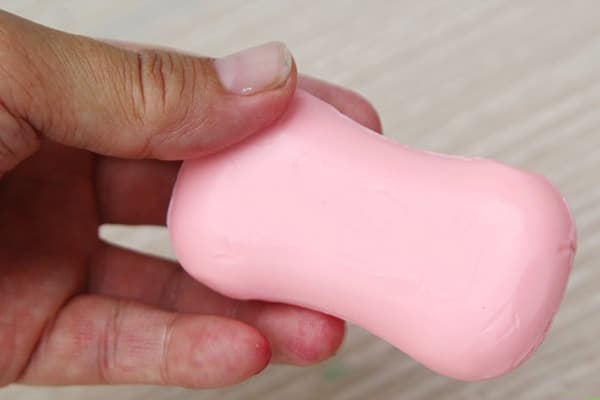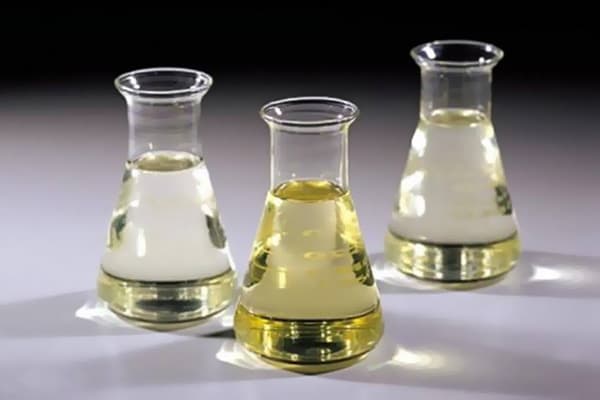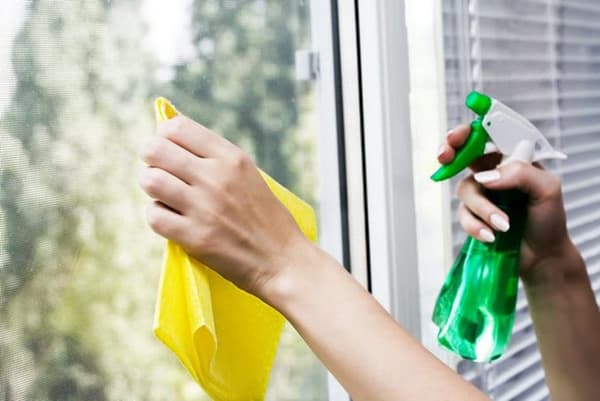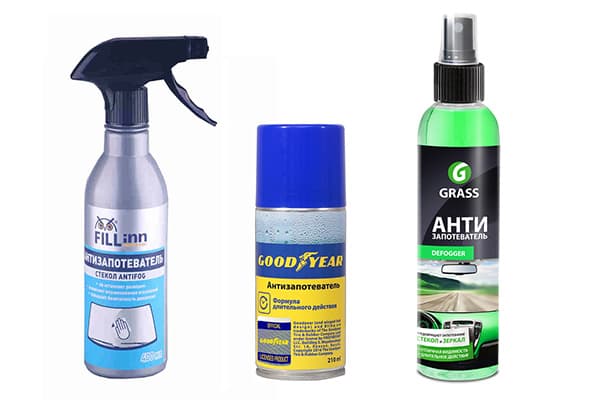Glycerin - a simple but effective remedy for fogging windows
Content:
Glycerin is a well-known substance that is often found in household chemicals and cosmetics. But this is not all of its potential! With the onset of cold weather, plastic windows begin to “cry”, are covered with condensation and ice, and experienced housewives use glycerin to fog the windows. It is used in pure form or in combination with alcohol, ammonia, liquid soap and other chemicals. Industrial and folk remedies with the addition of trihydric alcohol will help to cope with the problem and return the glass to purity and transparency.
Why windows are sweating
There are a number of reasons for the formation of condensation on plastic windows. Moreover, this problem does not always appear immediately after installing a new double-glazed window. It happens that the repair is long over, the window construction kept the heat well for two or three years, and suddenly the glass began to become covered with moisture. What is the reason for such a nuisance?
- Poor air circulation in the apartment is the most common cause of condensation on the windows. If forced ventilation is not installed in the kitchen, and the area of the room is small and something is constantly being cooked and fried on the stove, fogging of windows in the house cannot be avoided. To aggravate the situation, the linen hung for drying, many indoor plants that increase the already high humidity in the room. Streams of warm air collide with cold glass and leave wet marks.
- The room is cold. Often, residents are faced with fogging windows in the wet cold autumn, when the heating in the apartment is not yet turned on, and behind the window there is slush and bad weather. Also, a similar problem can occur due to insufficient heating or improper arrangement of window sills. If the window sill prevents the passage of warm air from the radiator to the double-glazed window or the window is hung with thick curtains, then wet drops will certainly appear on the glass, and ice will form on the profile.
- The window is incorrectly selected. Double-glazed windows in which there are more than two chambers are suitable for glazing residential premises. Inexpensive two-chamber packages are not able to properly retain heat in the apartment.
- Poor quality hardware. Plastic windows can sweat due to the loose fit of the sash to the frame and the lack of necessary insulation.
- Defects committed by workers during installation. With poor-quality installation of a plastic window, cracks and gaps may remain between the wall of the window opening and the frame, where cold air from the street will enter. This will lead to fogging of the glasses, and the problem will appear in the first winter after installing the window.
- Unadjusted hardware and a worn rubber seal can also cause condensation to form on the windows. Frosty air from the street will break through the gap and holes of the seal, as a result of which ice and condensation will form on the window.
So that the plastic window does not sweat, the glass remains clean and transparent, it is necessary to carry out maintenance of the PVC structure in a timely manner: lubricate and tighten the fittings, care for the sealant, remove moisture accumulated between the chambers.
How glycerin fights against glass fogging
What should the hostess do if the windows constantly sweat, and there is no way to eliminate the cause of the trouble at the moment? In this case, ordinary glycerin will come to the rescue - a transparent oily substance that can be inexpensively bought at the nearest pharmacy.
There are several methods for treating anti-fog glass using a trihydric alcohol.
Alcohol and Glycerin
It is easy to make antifog for windows from medical alcohol and glycerin at home. To do this, combine 10 ml of glycerol with 100 ml of ethyl alcohol or vodka. The product is thoroughly mixed and applied with a damp cloth to clean glass. They process the entire surface of the double-glazed window indoors, trying not to miss a single centimeter of the area. To top it off, rub the applied substance with a dry cotton rag until the glasses are completely transparent.
The use of only glycerin - without other components - will not give a positive result. The window will not sweat, but, covered with a bold layer, will cease to correspond to its purpose - to transmit light. Dust and fine debris will stick to the greasy surface. To prevent this, glycerin is mixed with medical alcohol, which quickly evaporates from the surface of the glass, leaving a thin moisture-proof film.
Glycerin and ammonia
From fogging the glasses, you can prepare a tool with glycerin and ammonia. Ammonia, like any other alcohol, has the ability to reduce surface tension and prevent condensation.
Turning to this tool, it must be remembered that ammonia fumes do not improve human health. Moreover, while working with this aggressive substance, burns to the mucous membranes of the eyes and respiratory tract can occur, and pressure will increase. Therefore, after using a cleaning agent with ammonia, it is necessary to properly ventilate the room.
To prepare the solution, you will need the following components:
- water - 50 ml;
- glycerin - 100 g;
- ammonia - 5 drops.
The resulting mixture is applied to glass with a soft sponge or cloth, and then rubbed to a shine with a piece of wool or cotton.
Glycerin and liquid soap
An excellent anti-fogging agent is a mixture of glycerin and liquid soap. If there is no liquid soap on the premises, you can use shampoo or dishwashing detergent. Preparing a cleaning agent is very simple: add as much soap to a container with 100 g of glycerin and mix thoroughly.
Glycerin and liquid soap from fogging are applied to clean glass from the inside of the room, trying to create a uniform thin layer. For work use a napkin or a soft sponge. To make the glass again completely transparent, rub it to a shine with a piece of coarse cloth.
Solid soap with glycerin
To cope with condensation on plastic and wooden windows, toilet or laundry soap with glycerin will help. The composition of this detergent, in addition to trihydric alcohol, includes surfactants that can reduce the surface tension of water molecules and reduce the amount of moisture on the glasses. A piece of soap is rubbed on the inside of the glass. It is better to carry out processing in a warm room, since a mild soap will be easier to apply. At the end of the work, it is necessary to grind the cleaning composition over the entire area of the glass so that there are no stains.
Glycerin and turpentine
Another folk remedy for fogged glasses is a mixture of glycerin, turpentine and potassium oil.
To prepare the cleaning composition, take the following ingredients:
- glycerin - 20 g;
- turpentine - 5 g;
- oil - 40 g.
After combining the above listed substances, a thick viscous substance will be obtained, which must be applied to glass and rubbed well.
Other condensate removal agents
The modern chemical industry produces many anti-fogging products.Special wipes, aerosols, pastes and gels are designed to solve this obsessive problem. It is a pity that not all the promises of manufacturers regarding the effectiveness of household chemicals come true. It is often easier and cheaper to turn to proven folk methods based on the use of food products and improvised means.
- You can rid the window of condensation with a saline solution. To prepare it, you need to pour half a glass of warm water, pour 35 g of sodium chloride into it and mix until the crystals are completely dissolved. Then the resulting solution should be diluted with two liters of water - and you can start processing. Glass washed with saline will be clear and shiny. To enhance the effect, you can leave a glass of salt on the windowsill.
- To solve the problem, you can use a soap solution that is applied to the glass with a sponge. After a few minutes, the soap stains are cleaned with a clean damp cloth, and the window is polished with a cloth or paper.
- Alcohol diluted in water in a ratio of 1: 2 will help reduce condensation on plastic and wooden windows. It is only necessary to moisten a napkin in an alcohol solution and walk along the surface of the glass. Water will evaporate, and alcohol particles deposited on the glass will protect the window from fogging.
- Window Cleaner “Secunda” perfectly copes with the problem of “crying” windows. It is only necessary to spray the spray on clean glass from the inside of the room and polish with a rough cloth.
One of our grandmothers' favorite methods is to rub glass with a crumpled newspaper after washing the windows. The fact is that printing ink contains substances that have water-repellent properties. After polishing with newspapers, the windows remain clean and dry for a long time.
Industrial remedies for damp windows
For those who do not want to mess with the preparation of compositions that protect windows from dampness, and prefer to buy a ready-made product, special aerosols and pastes can be advised. All of them are fully consistent with their purpose. The main thing is to apply the product on clean glass, observing the dosages and recommendations of the manufacturer.
Industrial antifogs have a specially developed formula, due to which they form a protective film for a long time. The safe composition and respect for the surface of the glass unit are the main advantages of these household products.
Inexpensive but effective anti-fog:
- Grass ANTIFOG,
- Goodyear aerosol
- FILL INN FL111,
- paste "PS-1",
- domestic funds “Transparent”, “Bullfinch”, “Lilo”, etc.
The composition of the paste PS-1, intended for the processing of organic and silicate glass, in addition to other alcohol-containing substances, includes glycerin. To get rid of excess moisture on the window pane and prevent fogging, apply a little paste to the sponge, grind it on the glass surface and polish it to a shine.
You can check the result of work by breathing on the surface treated with the paste. If the glass does not fog up, then the desired result has been achieved. Otherwise, the processing will have to be repeated.
All the above methods of dealing with fogged windows only mask the problem, without eliminating its cause. To permanently get rid of the appearance of condensation, it is necessary to establish ventilation in the house, check the tightness of the window structure and adjust the fittings.
